 Virginia-creeper (Parthenocissus quinquefolia), drawn by VMN volunteer Rosalind "Ros" Reilly from the James River Chapter. This image was chosen to be the artwork for the 2024 VMN Recertification pin.
Virginia-creeper (Parthenocissus quinquefolia), drawn by VMN volunteer Rosalind "Ros" Reilly from the James River Chapter. This image was chosen to be the artwork for the 2024 VMN Recertification pin. Each year, previously certified VMN volunteers who complete another 40 hours of approved volunteer service and 8 hours of approved continuing education earn a unique recertification pin for that year. In many years, we have held a contest to choose the artwork for the pin; we are fortunate to have many VMN volunteers with artistic talent! We decided the 2024 recertification pin would be one of two possible vines - poison ivy or Virginia-creeper, and we invited VMN volunteers to submit their artwork for one or the other of these species. We chose these two species because of their widespread and ubiquitous occurrence across Virginia, because of their high value to wildlife species, and because we have not yet had a pin featuring a vine! The winning artwork was selected based on input from the VMN program staff and plant experts from our sponsoring agencies and partners.
We received a tremendous number of excellent submissions, and here we share all the artwork we received, including the winning Virginia-creeper drawing by Rosalind (Ros) Reilly in the James River Chapter.
Virginia-creeper (Parthenocissus quinquefolia) is common all throughout Virginia. Its tolerance range is considered to be extraordinary; it can be found in open areas to forested areas and wet to very dry areas. It can root in the crevices of rocky outcrops and tolerates deep flooding and salt. Its leaves provide cover for small animals and turn a beautiful red in the fall. Its berries, while not edible by humans, feed songbirds. Virginia-creeper is also the host plant for several species of sphinx moths.
Thank you to all the volunteers who participated! It is wonderful to share in your creativity and excitement for our natural world!
We received a tremendous number of excellent submissions, and here we share all the artwork we received, including the winning Virginia-creeper drawing by Rosalind (Ros) Reilly in the James River Chapter.
Virginia-creeper (Parthenocissus quinquefolia) is common all throughout Virginia. Its tolerance range is considered to be extraordinary; it can be found in open areas to forested areas and wet to very dry areas. It can root in the crevices of rocky outcrops and tolerates deep flooding and salt. Its leaves provide cover for small animals and turn a beautiful red in the fall. Its berries, while not edible by humans, feed songbirds. Virginia-creeper is also the host plant for several species of sphinx moths.
Thank you to all the volunteers who participated! It is wonderful to share in your creativity and excitement for our natural world!
Click on the images below to see each submission for the 2024 VMN recertification pin artwork. The artist name and the species are listed in each caption.


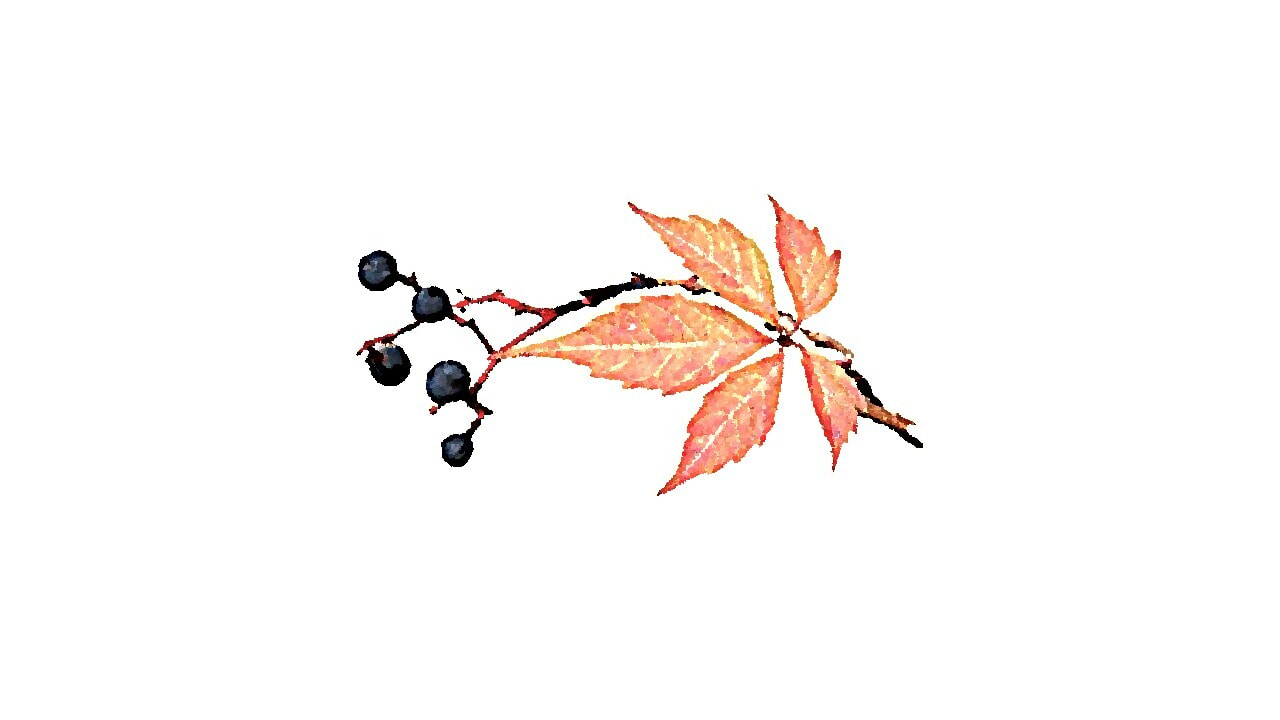
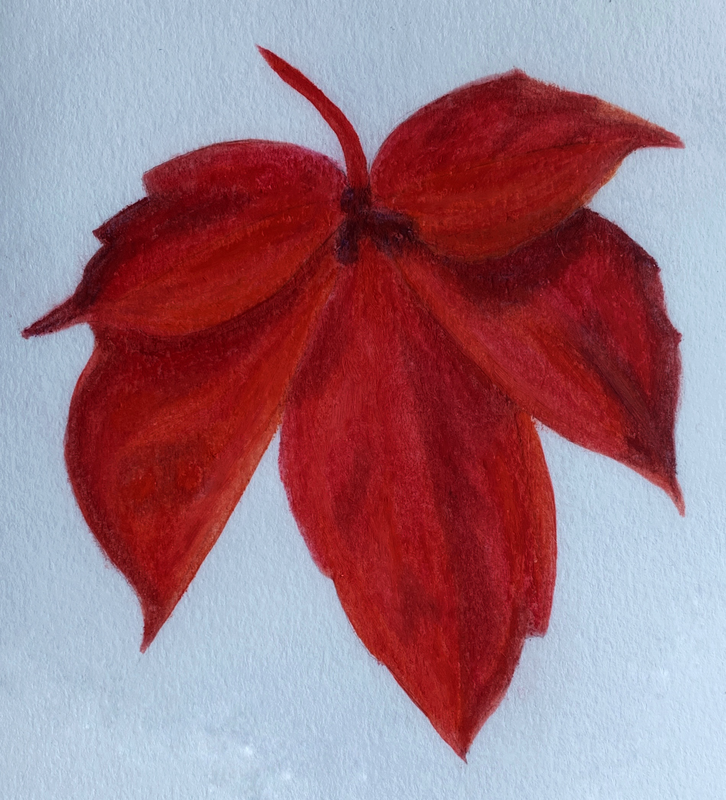
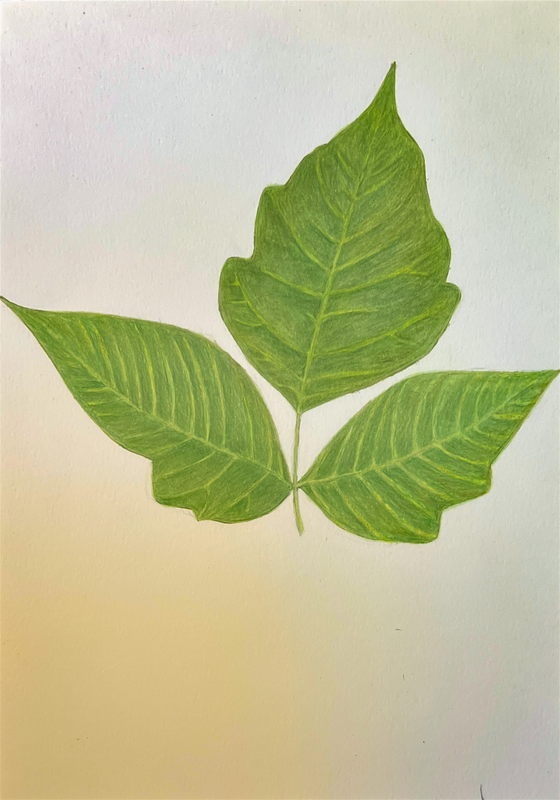
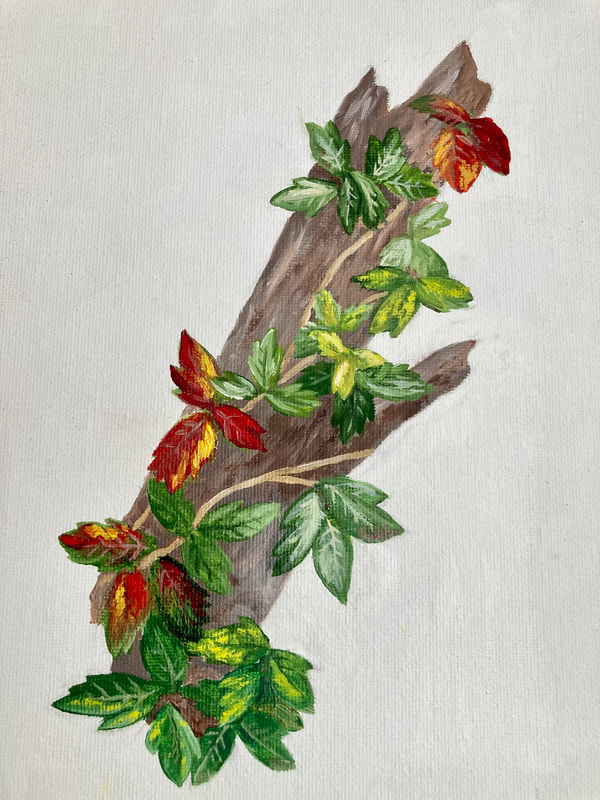

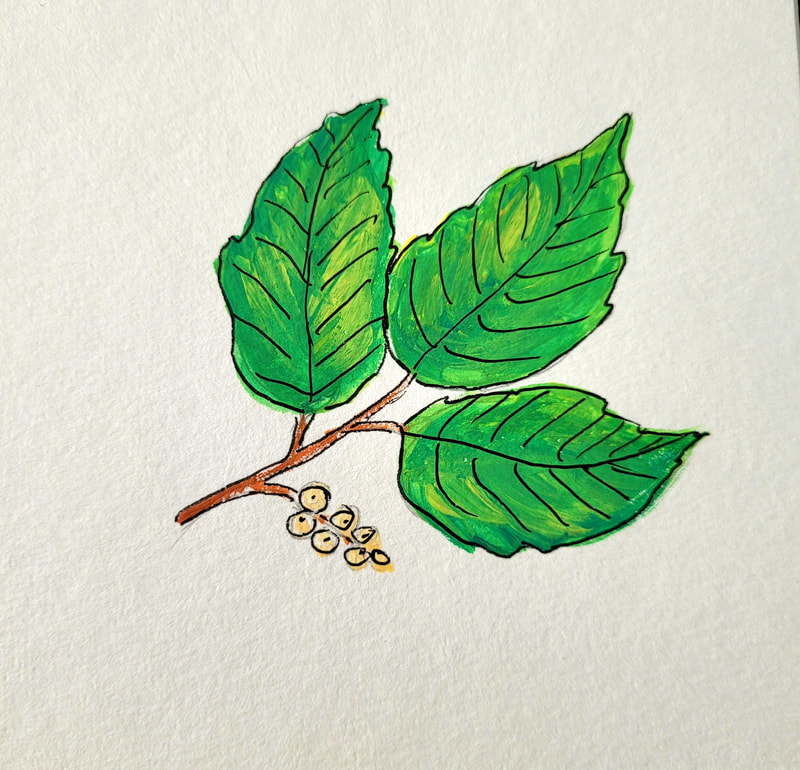

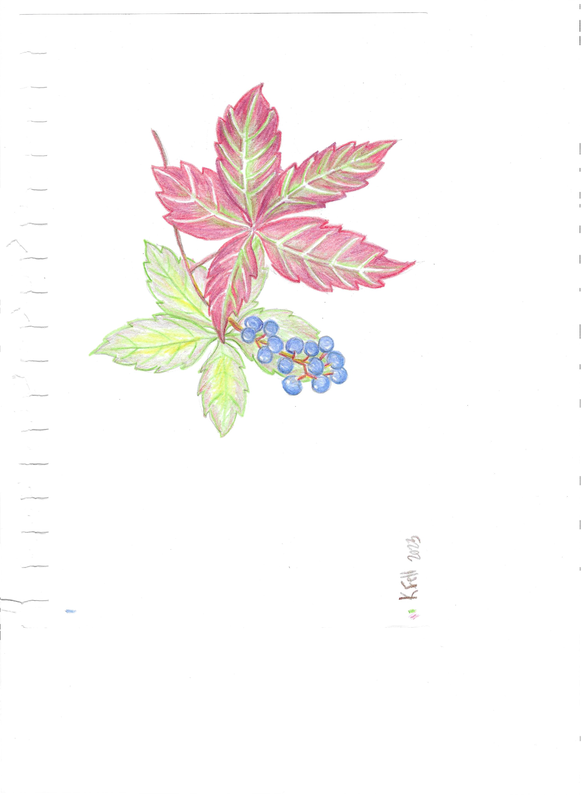


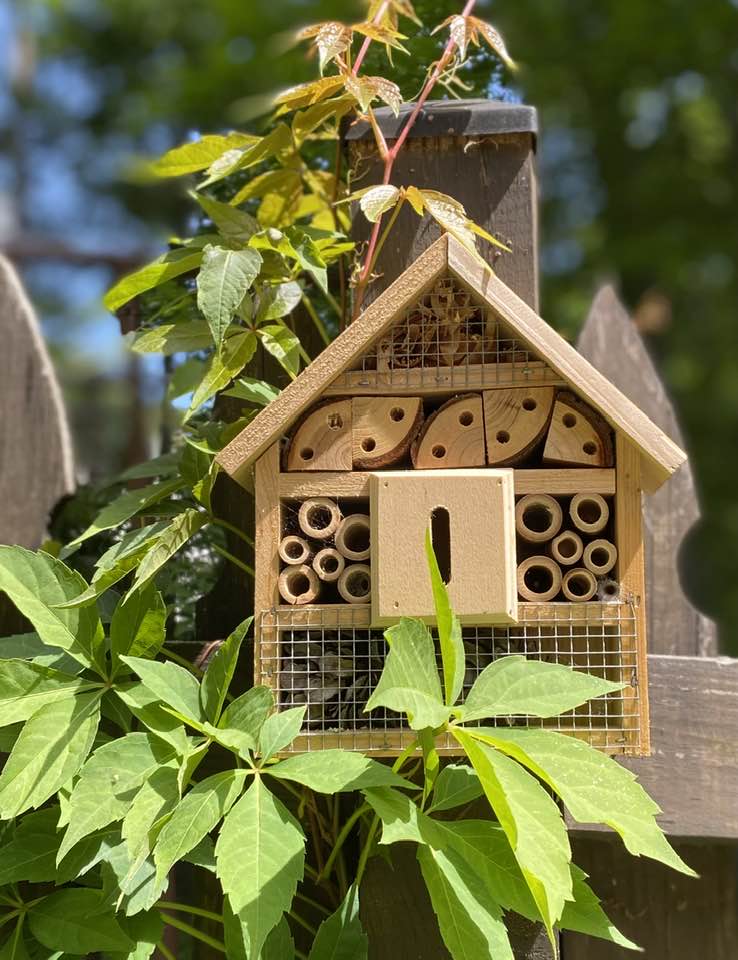


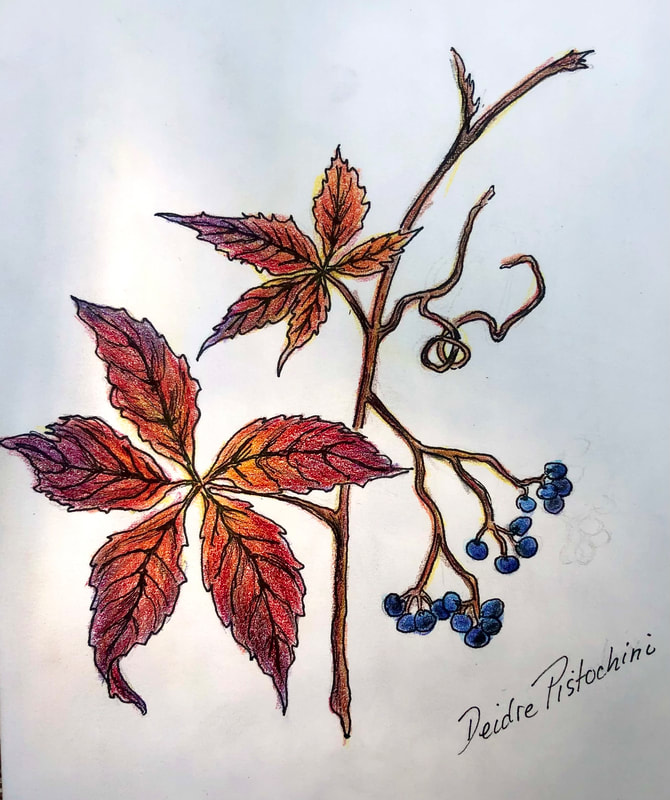
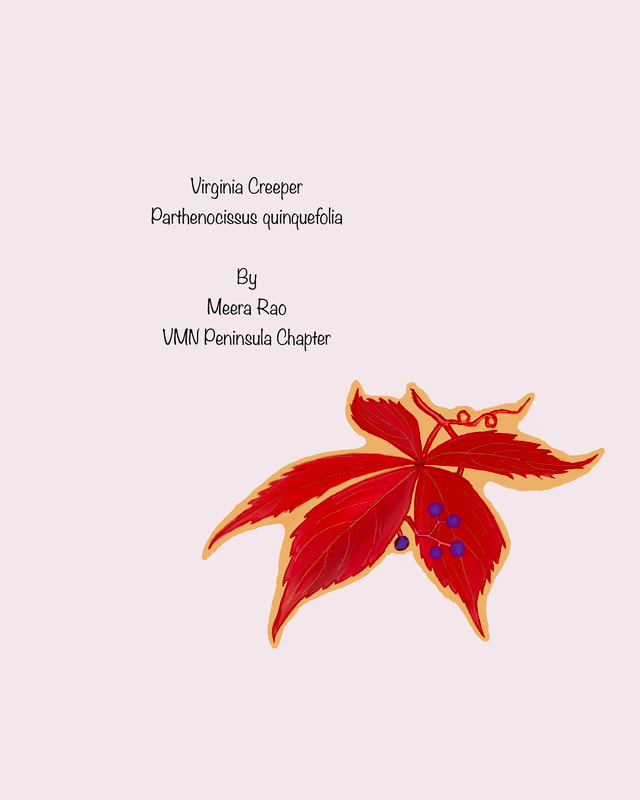
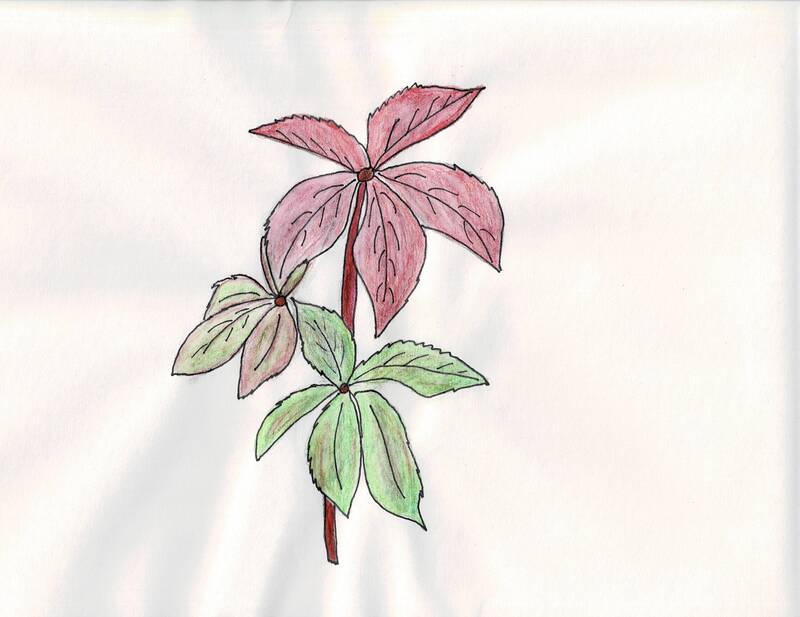
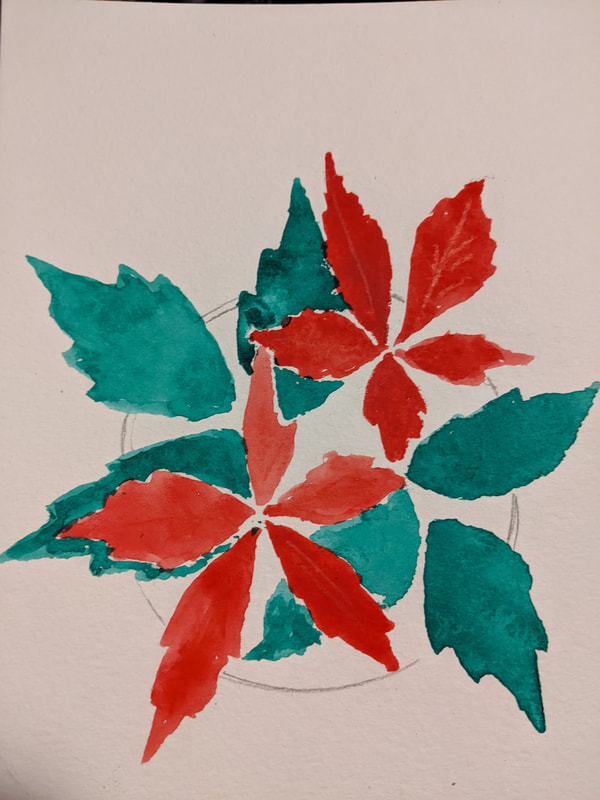

 RSS Feed
RSS Feed